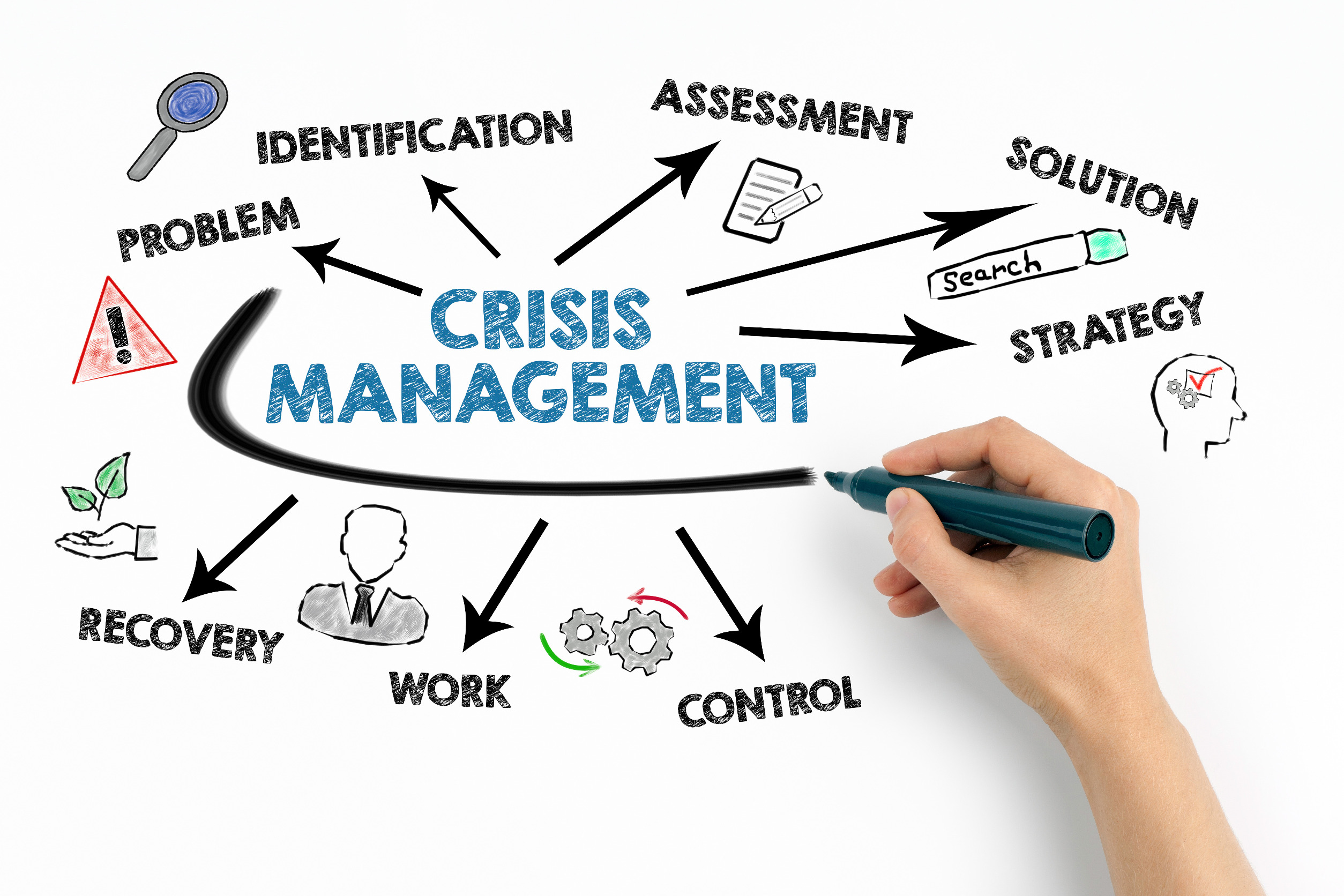For change leaders and practitioners, the question of how much input to seek from stakeholders in change-related decisions such as what the organization should do and how to effectively implement an initiative is significant. Engaging people in the decision-making process can provide valuable perspectives, increase buy-in, and accelerate progress. At the same time, seeking input is often is costly and time-consuming.
In balancing these considerations, there are several common issues that can arise:
- Decision-makers may go through the motions of asking for opinions with no real intention of being influenced by the information. This can create cynicism and mistrust.
- Key groups—especially those who are outside the organization but important to change success—may be overlooked. This can lead to blind spots and missed information that can hinder change momentum.
- A great deal of effort and resources may be spent in gathering input from a wide range of groups with little new or useful information being generated. This results in wasted time and energy for everyone concerned.
As you might expect, the appropriate level of input varies by situation. Based on the work of organizational scholars Victor Vroom, Phillip Yetton, and Arthur Jago, and interpreted through my own experience and terminology, a contingency model of decision-making such as the one outlined below can provide guidance about how to proceed. The model begins by laying out a range of options for the decision process. Organized from highest to lowest levels of decision involvement, they look like this:
Collaborative decisions: Stakeholders work together to decide how they would like to proceed; leaders support and enable the decisions they make.
Collaborative recommendations: Stakeholders work together to propose a course of action. Their opinions carry significant weight, but the leader makes the final decision about whether and how to proceed.
Meaningful input: Decision-makers gather input and use it as one source of information to shape their decision.
Review and comment: Decision-makers propose a solution and approach, and offer an opportunity for feedback and comments.
No input: A decision is made and communicated to participants.
The next step in the model is to determine the appropriate level of decision involvement. Several key questions should be considered here:
- How important is the quality of the decision? Sometimes the consequences of possible failure are significant, at other times it’s more important to choose a reasonable direction and get moving. If quality is important, then higher decision involvement is important IF people have knowledge that needs to be taken into account.
- Has the problem been defined and structured in a way that enables people to understand what success looks like? If the problem is unstructured and/or success criteria are not clear, it’s often important to include more people in the discussion to make sure all relevant perspectives are considered and create a shared picture of success.
- How important is team member commitment to achieving success? If success requires high levels of commitment, higher decision involvement is important to build ownership and buy-in.
- Does the leader have sufficient information to make an effective decision alone? If additional information would not be likely to change the decision, lower decision involvement will reduce unnecessary expenditures of time and energy.
- Do stakeholders have sufficient information to make an effective decision? If people have the information required to make a good decision without the leader being involved, using decision processes that are more collaborative and less leader-centric can build stakeholder trust and confidence.
- If the leader makes the decision, are people likely to be sufficiently involved and motivated to accept the decision? If people have high levels of engagement and trust with leaders, it’s often possible to move more quickly on certain decisions; if engagement and trust is low, it may take more involvement to ensure that people will have the needed level of acceptance.
- Are individual goals aligned with organizational goals? If outcomes that benefit the organization are likely to bring benefit to individuals as well, then lower levels of discussion and involvement may be needed to ensure effective initiative participation.
- Do we expect conflicts among individuals about the best way to proceed? If there is likely to be conflict about how to move forward, higher levels of discussion and involvement are usually needed to achieve alignment.
As possible opportunities for input and involvement arise, the first step is to identify the various stakeholder groups, as the answers to these questions—and therefore the appropriate levels of decision involvement—may vary by constituency. Then, for each group, you should review these questions to identify the approach you will use. You should make sure that stakeholders know what role they will be playing in the decision—making it, informing it, or simply receiving and acting on it.
By using this contingency approach, you can increase your effectiveness by identifying situations where it’s important to invest resources in engagement and discussion and opportunities to save time and conserve organizational resources by acting quickly and decisively without compromising the quality and acceptance of key decisions.

























